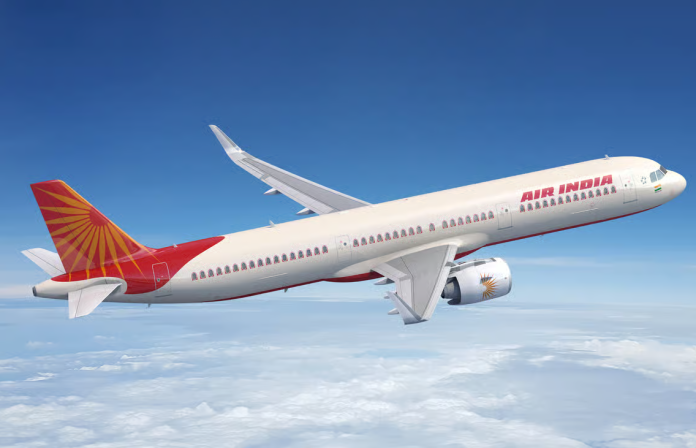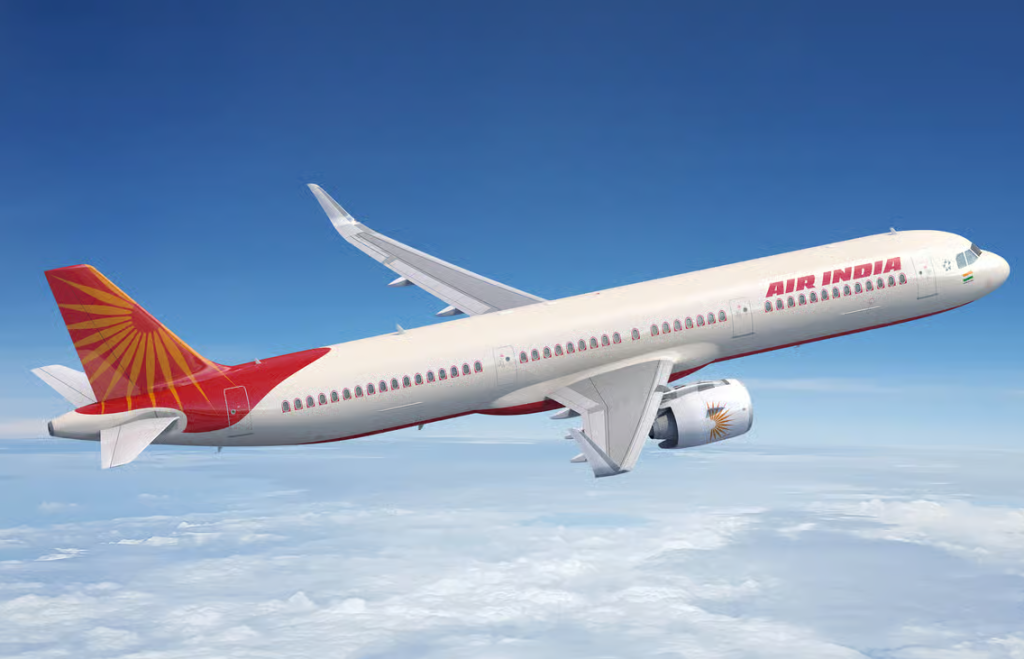
“The largest individual commercial aviation order in history was not placed by an American or European behemoth, but by Air India, an airline previously considered a sleeping giant of international aviation.” This sweeping $120 billion deal, which was signed in 2023, shook the international aerospace world, both signalling India’s ascendant ambitions and the strategic redefinition of the world’s powerhouse producers. As the Tata Group steers Air India into a new generation, the airline’s historic purchase of 540 Airbus and Boeing planes is more than fleet replacement it signals a seismic shift in market forces, technology adoption, and global air travel competitive dynamics.
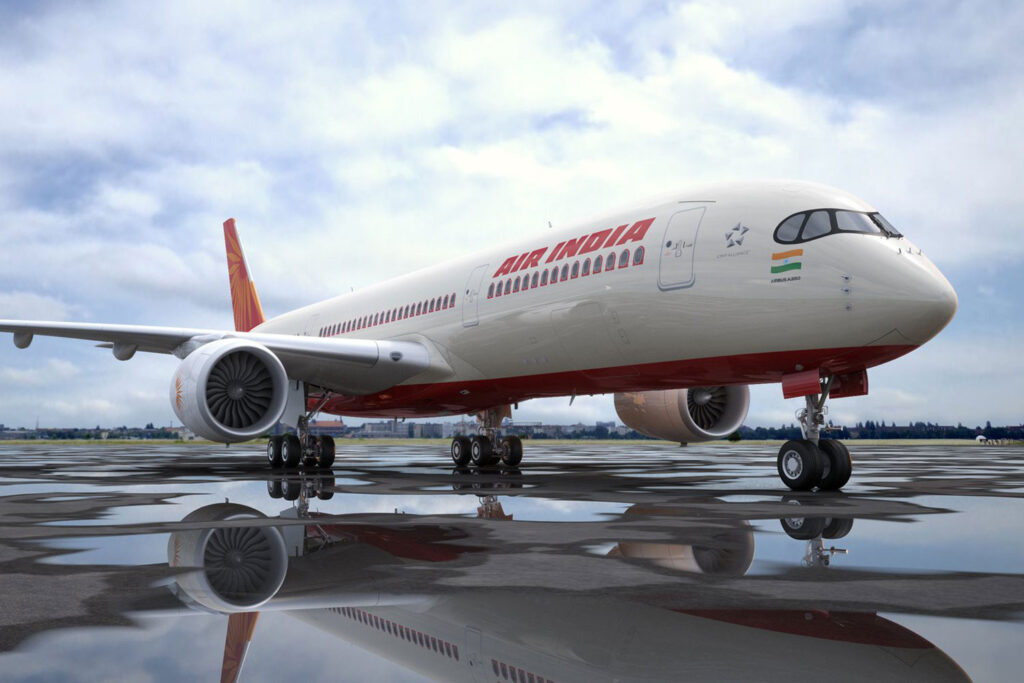
Aviation industry insiders and space enthusiasts have watched with bated breath as details of this deal filtered in: the model aeroplanes and their capabilities, to be sure, but also the economic and geopolitical ramifications. What ensues is an in-depth examination of the most fascinating details of this historic order, a glimpse of how Air India’s gesture is shaping the future of flight.

1. The Anatomy of the Largest Ever Aircraft Order
Air India created history in February 2023 when it placed an order for 470 firm aircraft, 250 Airbus and 220 Boeing, along with options for another 70, bringing the total to a record 540 jets. The more than $120 billion transaction towers over all other commercial aviation deals. The split order was not a quantity case, but a calculated effort to diversify risk, achieve timely delivery amid global supply chain deficits, and leverage the strengths of both producers through Air India’s expanding network. The involvement of government leaders Prime Minister Narendra Modi, President Joe Biden, and President Emmanuel Macron, brought focus to the deal as a pillar of international economic cooperation.
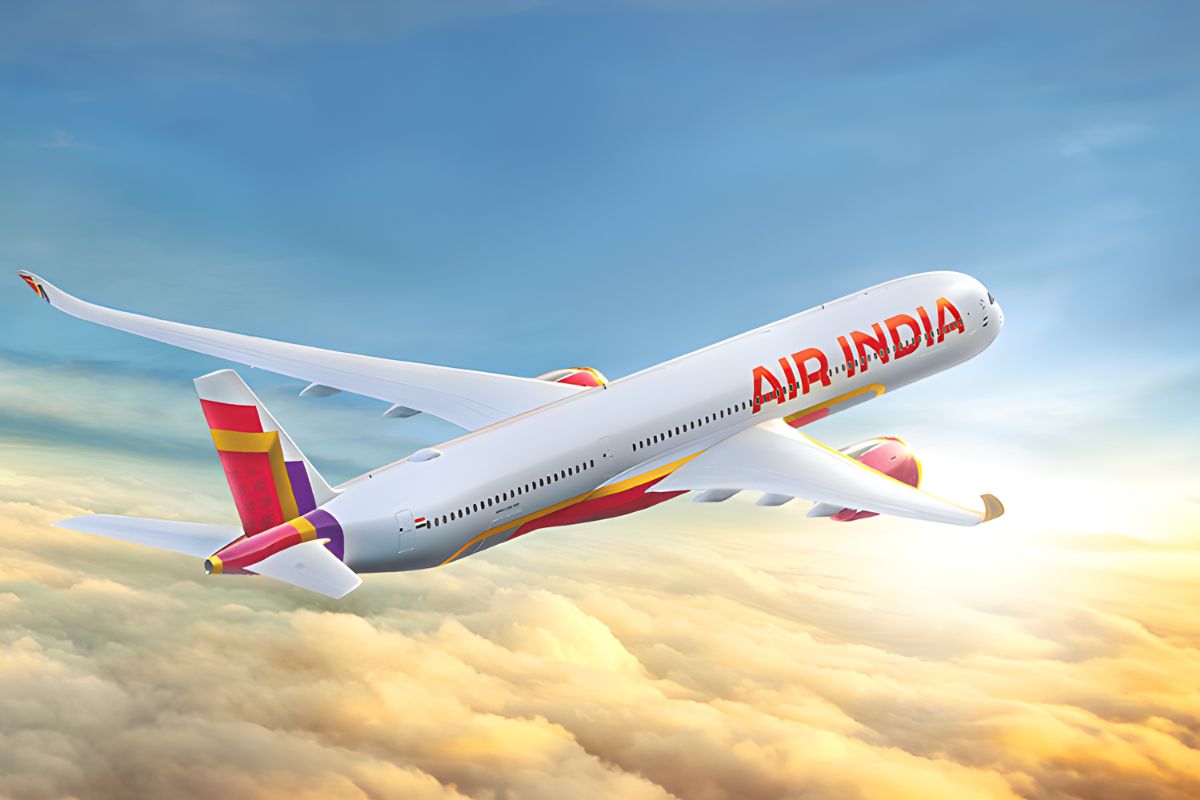
2. Strategic Model Selection: A Combination of Range, Fuel Efficiency, and Versatility
Air India’s purchasing is an art lesson in fleet planning. Airbus order totals 140 A320neo and 70 A321neo single-aisle narrowbodies for domestic and regional markets, complemented by 34 A350-1000 and six A350-900 widebodies for long-haul expansion. Boeing’s order includes 190 737 MAX narrowbodies, 20 787-9 Dreamliners, and 10 777X the latter two for ultra-long-range and high-capacity international business. This combination enables Air India to address India’s unique demand profile, where short-haul, high-turnover routes coexist with increasing aspirations for non-stop world travel. A350’s entry into India represents a milestone in the country’s aviation evolution.
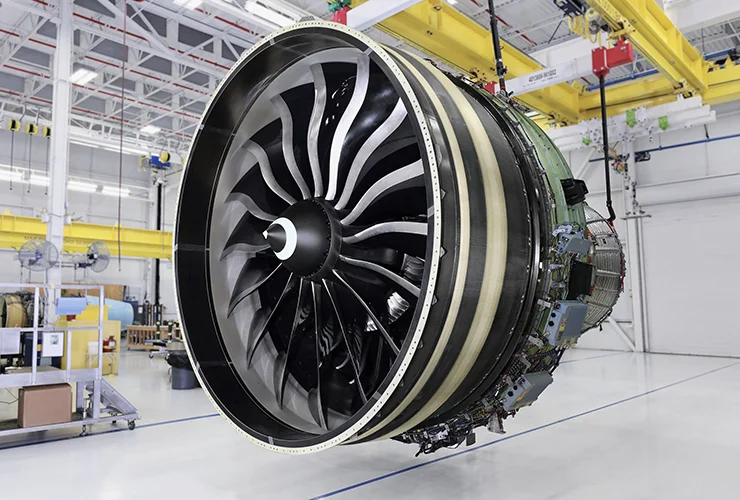
3. Engine Deals: The Powerhouses Behind the Fleet
Behind the headlines, engine manufacturers were the unsung victors. Air India’s purchase includes 40 GEnx and 20 GE9X engines for the Dreamliner and 777X from GE Aerospace, 800 CFM LEAP engines for the narrowbody fleet, and 68 Rolls-Royce Trent XWB-97 engines the largest such for the A350-1000. These selections reflect a commitment to operational continuity, fuel efficiency, and dependability. As industry experts noted, the engine choices also indicate Air India’s commitment to minimising disruptions and complexity of maintenance, given that the airline has already had some experience with CFM engines with its group carriers.
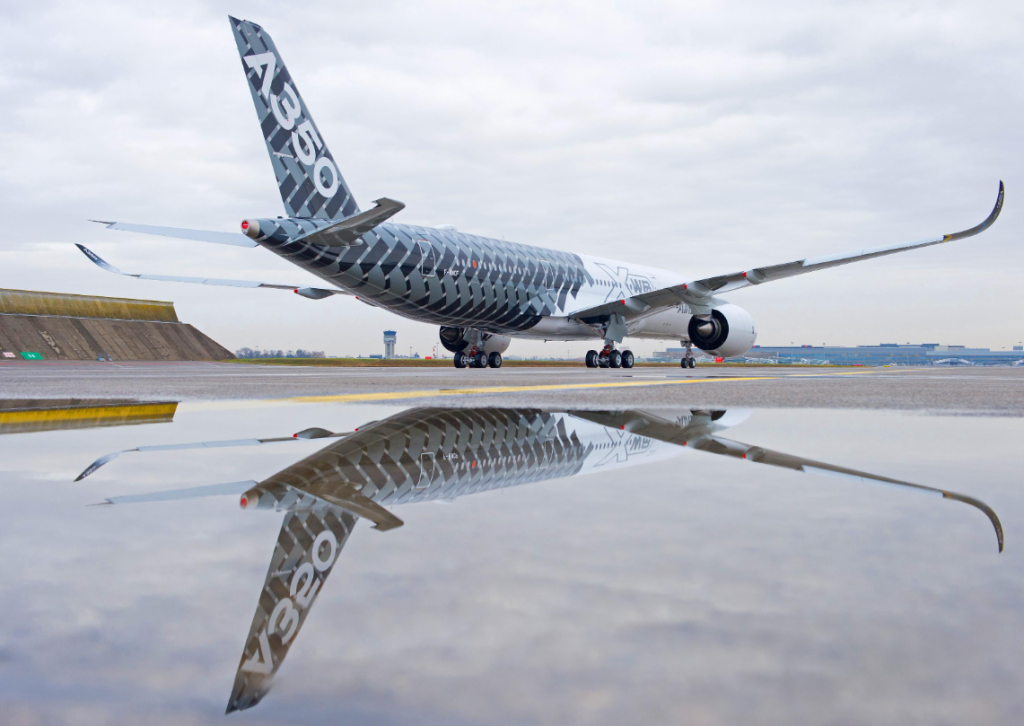
4. Technological Leap: Fuel Efficiency and Sustainability at the Forefront
The selected aircraft are at the cutting edge of aviation technology. Both the 787 Dreamliner and A350 incorporate carbon-fibre-reinforced composites, advanced aerodynamics, and new-generation engines to achieve up to 25% improved fuel burn per seat over previous-generation aeroplanes. The 737 MAX and A320neo families offer 15–20% fuel-burn savings and reduced noise footprints, making them ideal for India’s high-density, environmentally sensitive markets. As Airbus Chief Commercial Officer Christian Scherer characterised them, the models are “an effective and versatile resource to continue democratising and decarbonising the country’s air transport.”

5. Vihaan.AI: Air India’s Blueprint for Change
This massive fleet replacement is the linchpin of Air India’s Vihaan.AI transformation program aimed at re-establishing the airline’s global profile. The program also features not only new aeroplanes, but digital innovation, enhanced maintenance routines, and an overall transformation of customer experience. Airbus’ Skywise Core X3 data analytics solution and Integrated Materials Solutions will be utilized to carry out predictive maintenance and operational effectiveness, and Boeing Global Services will provide lifecycle support, pilot training, and digital solutions. As CEO Campbell Wilson said, “These new aeroplanes will allow us to significantly increase our network, both within India and internationally, and will be accompanied by an entirely new, world-class onboard product which will allow passengers to travel in the highest levels of comfort and safety.”

6. Geopolitical and Economic Ripples
The Air India order is now a totem of India’s emergence as a global aviation giant. It strengthens economic ties between the US, India, and France, enabling the employment of thousands of individuals in supply chains and further securing India’s status as the world’s largest emerging aviation market. President Biden hailed the Boeing deal as a “historic agreement” that “reflects the strength of the U.S.-India economic partnership.” The order also comes as India is set to surpass China in population and is projected to see 6.6% annual growth in air travel demand over the next two decades, double the global average.
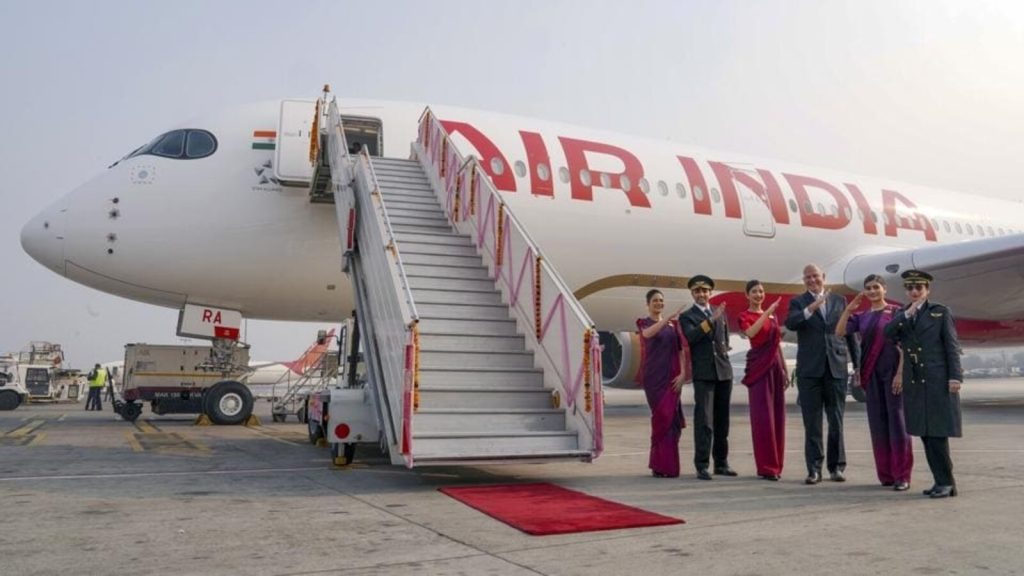
7. Immediate Impact and Long-Term Vision
Flights began as early as late 2023, with most of the planes from 2025 onwards. This rapid ramp-up will allow Air India to quickly change its fleet, expand routes, and challenge seasoned international carriers. The long-term goal is clear: to turn Air India into a first-class carrier serving the increasing demand of India’s growing middle class and international tourists. Backed by Tata Group and a fresh focus on safety, technology, and customer service, Air India is poised to regain its place among the world’s best airlines.
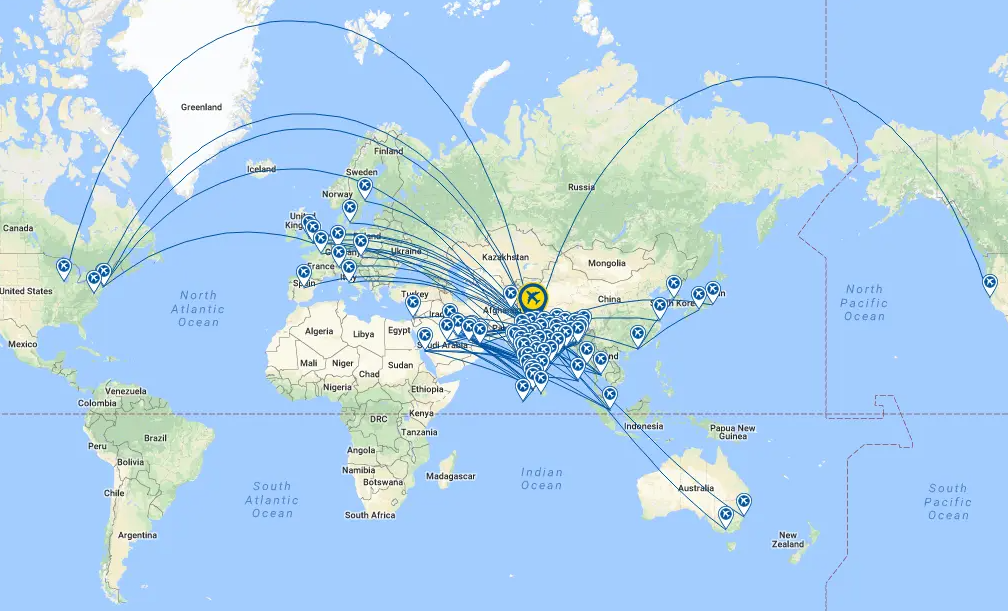
Air India’s historic order isn’t merely a purchasing milestone it is a declaration of intention, a blueprint for transformation, and a pointer to India’s air travel destiny. For entrepreneurs and enthusiasts, it provides a fascinating case study in strategic fleet strategy, technology uptake, and confluence of national aspiration and global aerospace trends. When these aircraft take flight, they will not only connect continents but redefine the contours of competition and innovation in commercial air transport.
